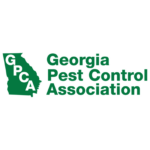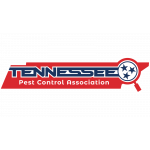February 13, 2020
Australian Cockroaches Are More Prevalent In Georgia Homes Than Many Residents Likely Realize, And They Are Associated With The Spread Of Disease, Food Contamination, And Allergic Conditions
Periplaneta australasiae, better known as the Australian cockroach, is a globally distributed cockroach species that commonly invades homes where they can successfully reproduce, spread disease-causing microorganisms, infest pantries, contaminate stored foods, trigger allergic reactions, and damage wood, cardboard, paper and…
Read More











